What Indy learned when it opened a mostly bus-only rapid transit route
IndyGo opened its Red Line last year, connecting many important parts of Indianapolis along a 60% bus-only rapid transit route.
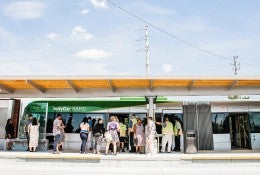
Why the pedestrian experience shouldn’t be so ... pedestrian
Transit equity benefits all of society — both those who use it and those who don’t. It provides access to jobs, schools and other opportunities to underserved communities, people who can’t afford the costs related to owning a car as well as those who use it because of convenience or to limit their contribution to the problems of congestion and pollution. In turn, the reductions in traffic and emissions they represent benefit those who drive. But we should also consider the equity of infrastructure such as sidewalks, crosswalks and drainage, all of which affect connectivity, accessibility and safety for people who walk, roll and ride bikes in Houston.
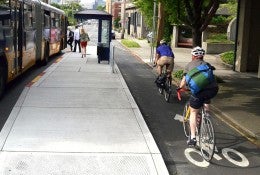
How BRT service rapidly improved ridership in the Twin Cities
Metro Transit, which operates public transportation service in the Twin Cities metropolitan area, launched the region’s first bus rapid transit line (BRT) in 2016 with its METRO A Line. Last year, a second BRT line was added, and more are planned for the future.
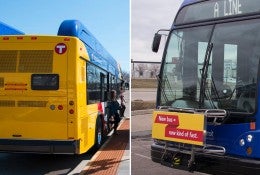
BRT could be a game changer if Metro plays to its strengths
It will take 20 years to implement the METRONext plan but if done correctly, getting riders where they want to go will be the top priority and the entire Metro system will work in concert to provide the best service possible.
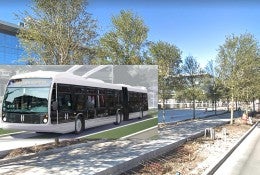
Bus rapid transit is coming. Here’s what you need to know.
Bus rapid transit — BRT for short — is part of METRO’s plan for improving public transportation in the Houston area. It will feaure 75 miles of MetroRapid service on dedicated, bus-only lanes. Here’s a breakdown of BRT.
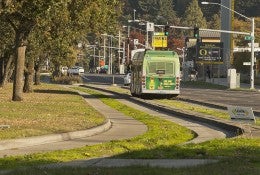
How buses can drive equity and success in cities — and even help kill zombie ideas
Ridership in most major metropolitan areas of the U.S. has been steadily declining in recent years. And transit experts worry about the trend’s impact on cities — economically and socially. But when you improve buses, as the experience in Houston and in so many other places shows, ridership and relevancy increase.

The housing voucher program isn’t perfect, but it’s essential
How much do you know about the 45-year-old federal housing assistance program that was created to help those with the nation’s lowest incomes access better opportunities and escape poverty?
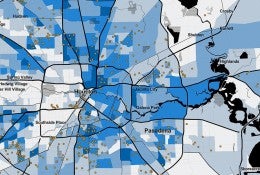
Are Houston and other cities ‘trying to have their cake and eat it, too?’
As Houston strives to improve transit, shrink its carbon footprint and make streets safer for all modes of transportation, it may be struggling to rise above the status quo in some areas.

If you are disabled and live in the Houston area, we’d love to hear your story
The Kinder Institute for Urban Research is launching a new survey to better understand housing and neighborhood challenges faced by those living with disabilities in Houston.
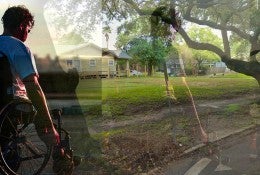
Far too many cyclists and pedestrians continue to die on US roads
More and more American cities are setting Vision Zero goals, but progress toward making streets safe for all users, particularly those using non-motorized transportation, is slow to come.

Physical Address
Rice University
Kraft Hall
6100 Main Street, Suite 305
Houston, TX 77005-1892



